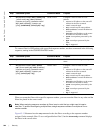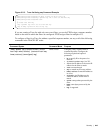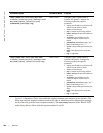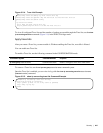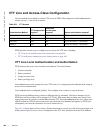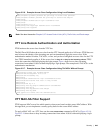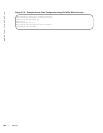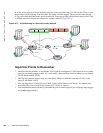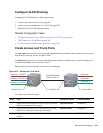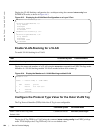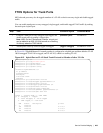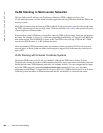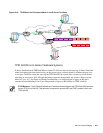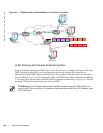Service Provider Bridging | 951
46
Service Provider Bridging
Service Provider Bridging is supported on platforms: c e s
This chapter contains the following major sections:
• VLAN Stacking on page 951
• VLAN Stacking Packet Drop Precedence on page 962
• Dynamic Mode CoS for VLAN Stacking on page 965
• Layer 2 Protocol Tunneling on page 967
• Provider Backbone Bridging on page 971
VLAN Stacking
VLAN Stacking is supported on platforms: c e s
VLAN Stacking is supported on E-Series ExaScale e
x
with FTOS 8.2.1.0. and later.
VLAN Stacking, also called Q-in-Q, is defined in IEEE 802.1ad—Provider Bridges, which is an
amendment to IEEE 802.1Q—Virtual Bridged Local Area Networks. It enables service providers to use
802.1Q architecture to offer separate VLANs to customers with no coordination between customers, and
minimal coordination between customers and the provider.
Using only 802.1Q VLAN tagging all customers would have to use unique VLAN IDs to ensure that traffic
is segregated, and customers and the service provider would have to coordinate to ensure that traffic
mapped correctly across the provider network. Even under ideal conditions, customers and the provider
would still share the 4094 available VLANs.
Instead, 802.1ad allows service providers to add their own VLAN tag to frames traversing the provider
network. The provider can then differentiate customers even if they use the same VLAN ID, and providers
can map multiple customers to a single VLAN to overcome the 4094 VLAN limitation. Forwarding
decisions in the provider network are based on the provider VLAN tag only, so the provider can map traffic
through the core independently; the customer and provider need only coordinate at the provider edge.




